A bunion is a common foot condition that can happen for a variety of reasons, including but not limited to anatomical deformities such as being flatfooted or having an abnormal gait. Arthritis also contributes to the growth of bunions, as does wearing high-heeled shoes consistently. Common over-the-counter solutions such as bunion shields, toe separators, and soft insoles are designed to relieve bunion pain, and custom-made orthotics can help slow the growth of the bunions, but these items do not treat the cause.
Without proper treatment, bunions are permanent and progressive as the tendons, ligaments, and muscles continue to compensate for damage. We at Best Foot Doctor NY, offer different remedies to slow the growth of bunions including custom-made orthotics. Our bunion surgeons walk patients through each step and advise them on what treatment plan best suits their specific needs.
How Bunions Develop and How to Treat Them
A bunion is a bump on the side of the big toe that may be due to a variety of different causes including valgus (abnormal turning inward of the bones), abnormal pronation (flat foot), high heels, ligament laxity (looseness), or rheumatoid arthritis. Because the deformity is progressive, bunions will never go away on their own. As time goes on, bursitis and other complications can occur. The swelling and inflammation often lead to bursitis – an inflamed fluid sack that is red, painful to touch, and swollen. Misaligned bones and the formation of bone spurs cause the area between the bunion (at the first metatarsal head) and the surrounding skin to get inflamed. Very often, pain in the bunion can be triggered by a simple trauma over the big toe joint.
Some of the treatments provided by Best Foot Doctor NY are:
1. Surgical correction: bunionectomy or removal of the bunions. There are different types including
A. Minimally invasive bunion surgeries
B. Austin bunionectomy
C. Lapiplasty
2. Nonsurgical correction: Class 4 laser treatment provided by Best Foot Doctor NY uses a special wavelength that provides anti-inflammatory effects reducing pain, swelling, and burning over the bunion area
3. Bunion shields: are over-the-counter remedies that do very little or nothing to reduce inflammation.
4. Orthotics (used to reduce foot pronation) are only helpful in the first stage of the bunion formation to slow the bunion growth but are not used as a long-term treatment.
How a Bunion Develops
1. In those patients who display foot pronation, are flat-footed, wear high heels or have very flexible joints (ligament laxity), the first metatarsal moves away from the second metatarsal increasing the angle between the two bones (normal angle is around 9 degrees).
2. This shift causes the tendons of the big toe to be displaced, eventually moving the big toe toward the second toe and creating a hammertoe. The use of orthotics stops or delays that process, by stopping the pronation. But, because the orthotics are only effective at the beginning of the bunion growth (when the angle between two metatarsals is less than 13 degrees), the shoe inserts are only helpful to delay the bunion growth and not when the bunion is fully developed.
The following graphics display how bunions develop over time.
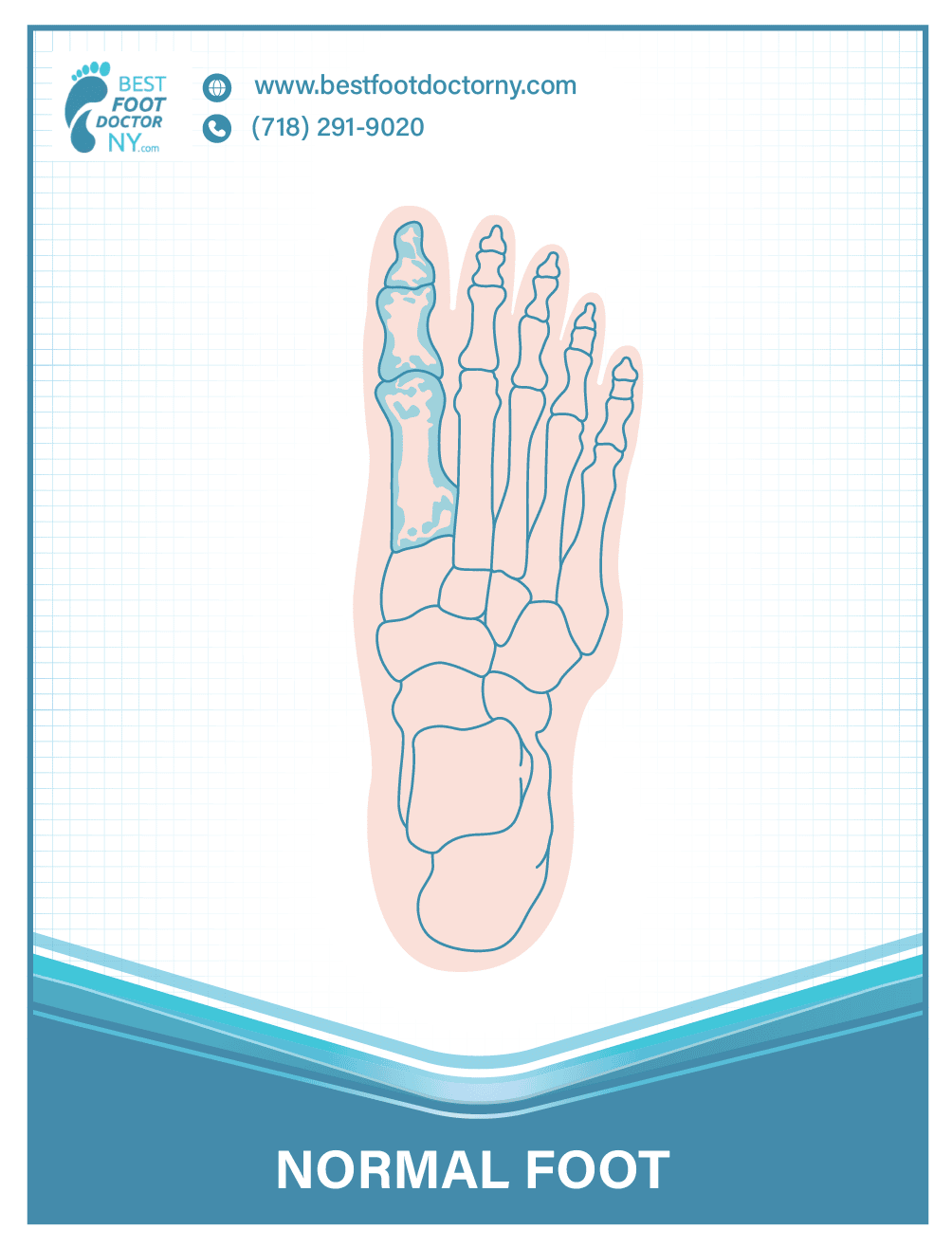
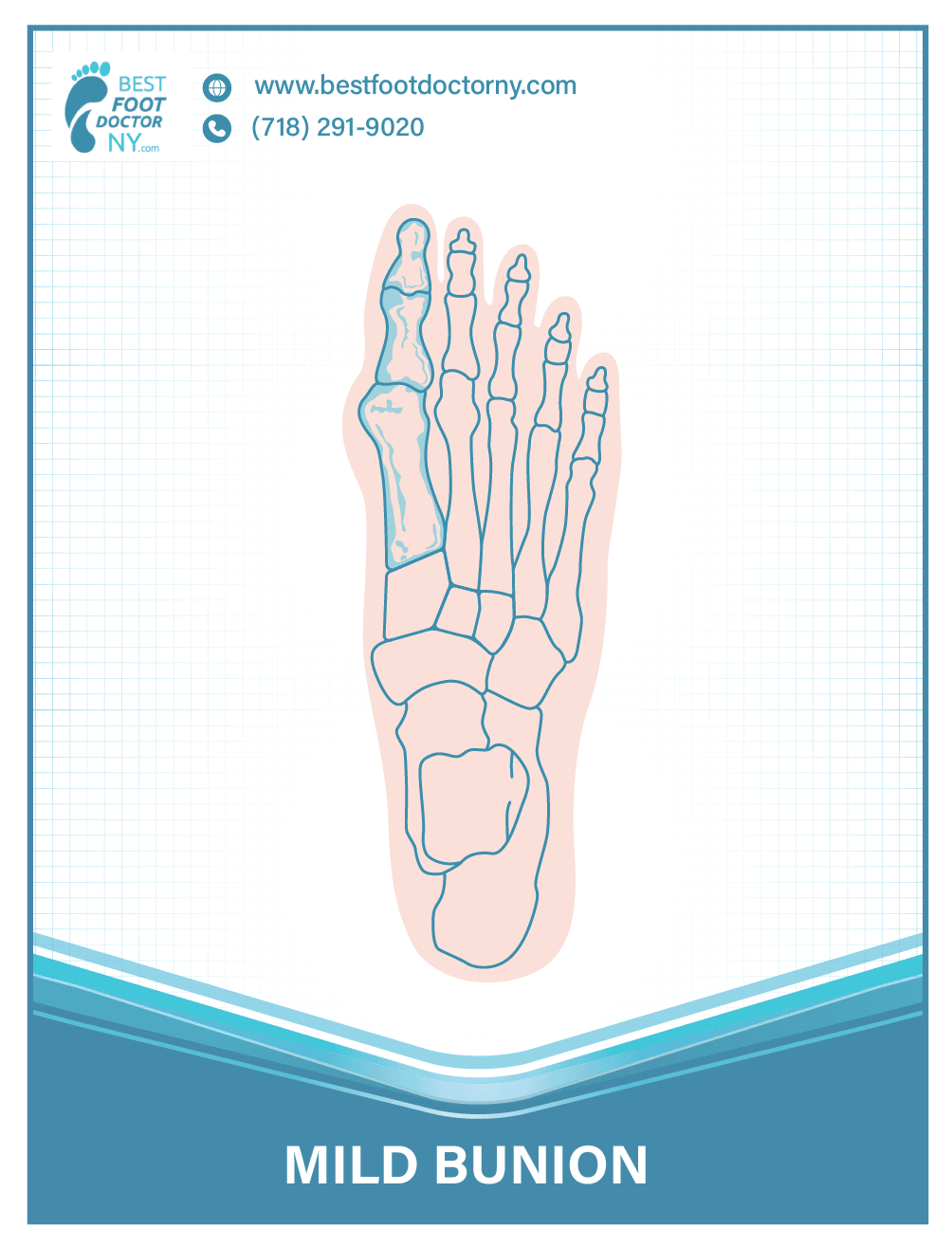
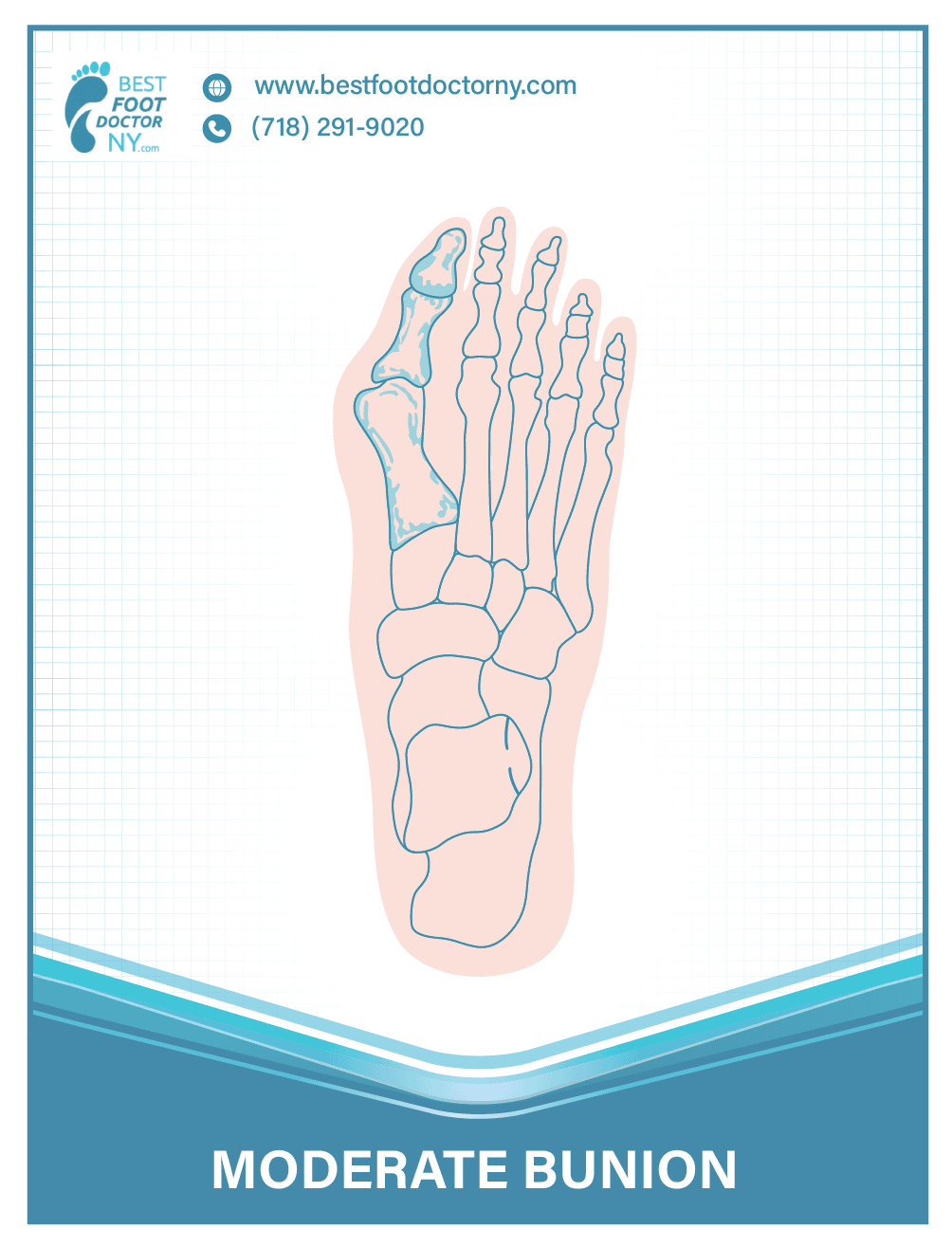

Differential Diagnosis for Bunions
Bunions and arthritis are related. The diagnosis of arthritis is made based on blood tests, x-rays, and health history. There are three kinds of arthritis that can cause bunions:
1. Rheumatoid arthritis can affect multiple joints and is diagnosed by a blood test (positive Rheumatoid factor and Antinuclear antibodies). It causes bunion formation with the shifting of the big toe towards the second digit.
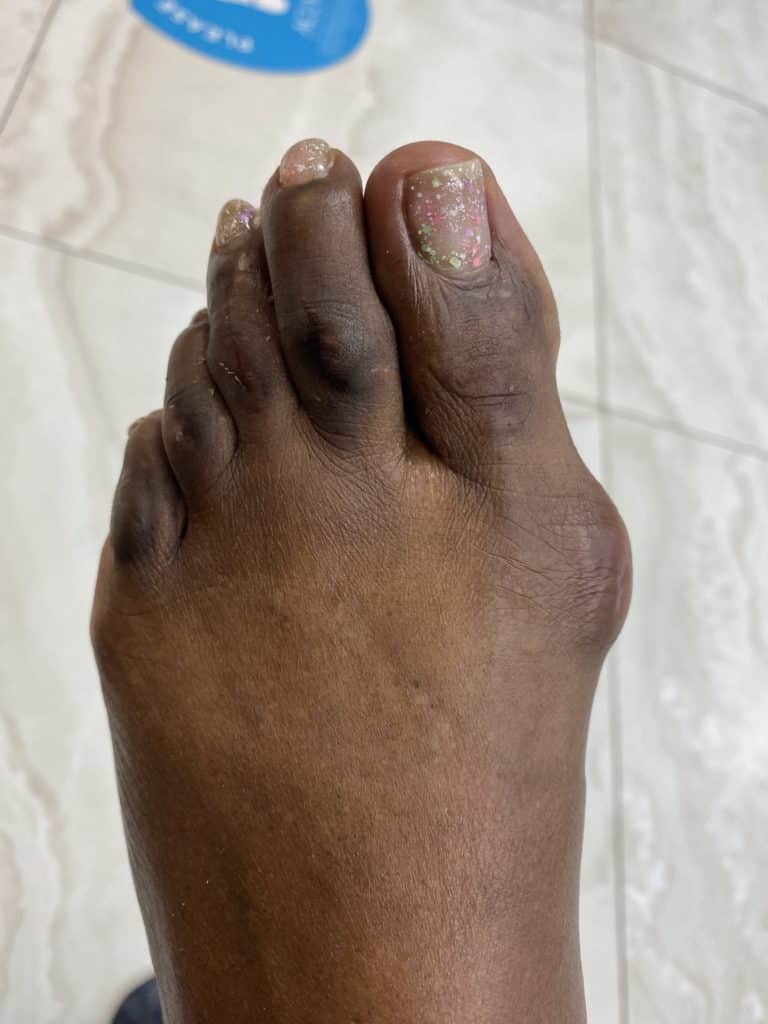
2. Gout is a painful condition that is caused by an increased uric acid level in the blood either due to high red meat consumption or a decrease in kidney function. Symptoms include a red, warm, and swollen big toe, usually on one side, but it can migrate to the opposite toe. The severe pain lasts for a few days every 3-4 months. It is diagnosed by a blood test (increased uric acid level). Gout usually doesn’t cause a tilt in a big toe.
3. Osteoarthritis is a loss of cartilage (glucosamine and chondroitin) in the joint either due to trauma or increased age. Diagnosis is mostly by an x-ray showing calcified and narrowed big toe joints. Symptoms include difficulty bending and extending the big toe. If the bunion is caused by osteoarthritis, a more aggressive approach can be taken to remodel the joint as well as fix the bunion.
4. Pain in the big toe can also be a result of a condition called Fibromyalgia, most commonly occurring in middle-aged females and often accompanied by anxiety symptoms. Diagnosis is made based on the presence of pain when squeezing the neck and hip areas. Patients with fibromyalgia who also have bunions may experience some discomfort even after the surgery since the nature of the pain is mainly due to inflamed nerves.
Regardless of the reason for a bunion, surgical correction is the best long-term treatment plan.
What Happens if You Do Not Treat Your Bunion?
Bunions can affect both your physical and psychological health. Common complications include:
1. Ulcers. Ulceration on the foot near the bunion is caused by the skin rubbing against the shoes. Ulcers are especially concerning for patients with diabetes because they lack sensation due to diabetic neuropathy. Untreated ulcers can lead to infection and even the need to amputate part or all of the foot.
2. Hammertoe. Hammertoes are formed as a result of the big toe pushing the other toes toward the middle of the foot. Surgery is usually required to correct hammertoes.
3. Limited range of motion and affected gait. As bunions progress, patients often experience Hallux limitus or rigidus (stiffness and limited range of motion) that leads to painful or limited dorsiflexion (extension) and plantarflexion (bending) of the big toe. That will cause discomfort when walking and an altered gait as each step requires adjustment to compensate for the affected foot.
4. Esthetic discomfort and lack of confidence. Patients with bunions find shoes with a wide toe box or orthopedic shoes are more comfortable and effective than dress shoes, especially ones with a narrow toe or high heels. Many patients report that self-esteem and confidence are damaged because they perceive the shape and the beauty of their feet to be indicators of well-being, good health, a desirable lifestyle, and sexual appeal. There are multiple stories of couples who have found bunions to be an obstacle to intimacy and attraction.
Is Bunion Surgery Painful?
With 20 years of experience at Best Foot Doctor NY, we realize that the main reason people hesitate to consider bunion surgery is due to their concern that the procedure will be painful. Our answer is: bunion surgery is no more painful than a simple dental procedure. Usually, the pain is moderate (4-5 out of 10) during the first two days post-op, dropping to mild (3 out of 10) by the third day, and continues to lessen every day after that. About 15 percent of people experience no pain at all.
It is human nature to remember someone’s bad experience more readily than their good experience. In fact, most of the time people will only bring up their bad experiences to earn sympathy and gain attention. This is true for bunion surgeries: if you listen to 100 people who had that surgery done with only 5 people saying it was “painful,” that 5% of people will draw most of your attention (even though the other 95 percent will not complain of pain and were happy). Human beings are more prone to catch and remember negative emotions rather than objective findings. As a result, those 5 people will have a great impact on your decision-making. Talk to your podiatrist about your concerns and what you can reasonably expect during recovery.
4 reasons you should consider bunion surgery:
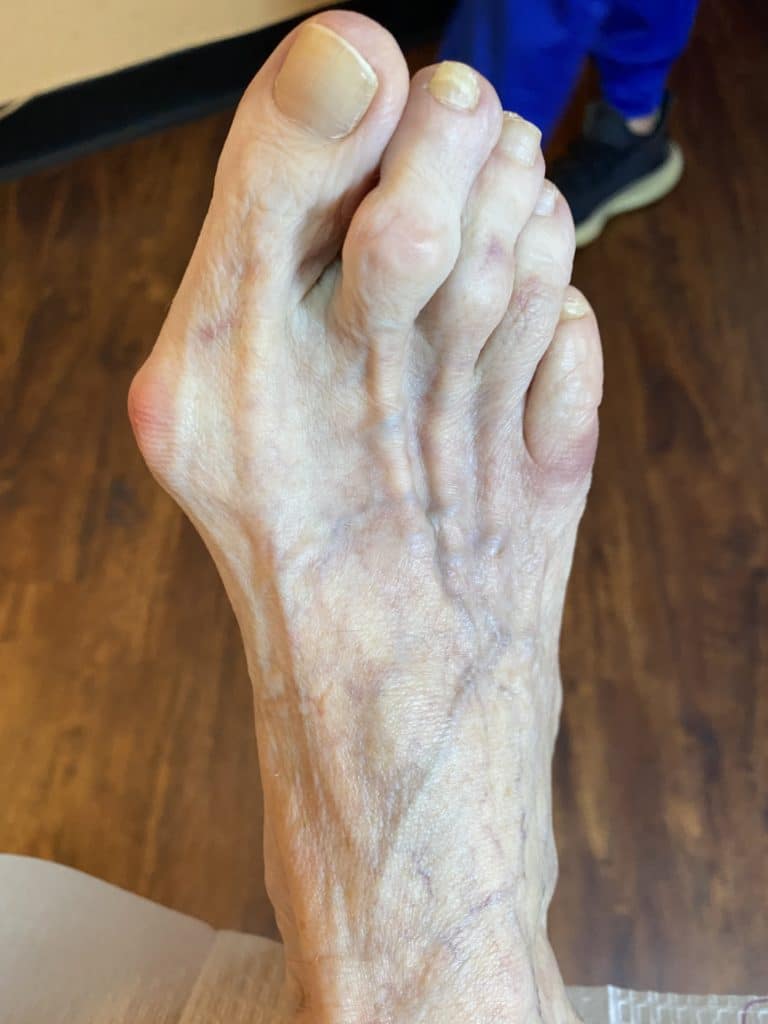
- You experience pain in the bunion area when touching it or when wearing shoes.
- The big toe is pushing the second and other digits up creating hammertoes. In this situation, not only will you need surgery for your bunion, but the hammertoes may also require surgery as well
- You have difficulty bending and extending the big toe (Hallux limitus/rigidus). This usually happens in the late stages as the bunions cause arthritis
- You are concerned about the cosmetic appearance of the bunion and how it is affecting your self-esteem
If you have a bunion and are wondering if it is time to consider surgery, realize that the longer you wait the worse the bunion will become, increasing your risk of complications such as increased pain, hammertoes, decreasing range of motion of the big toe, and psychological impact on self-esteem.
Types of Bunion Surgeries
There are several major types of bunion surgeries. In each surgery, the bunion surgeon has four main tasks: remove the painful bunion, reposition the first metatarsal, gain an aesthetic look for your foot and prevent the bunion from happening in the future.
Surgeries can be done in several different locations on the metatarsal:
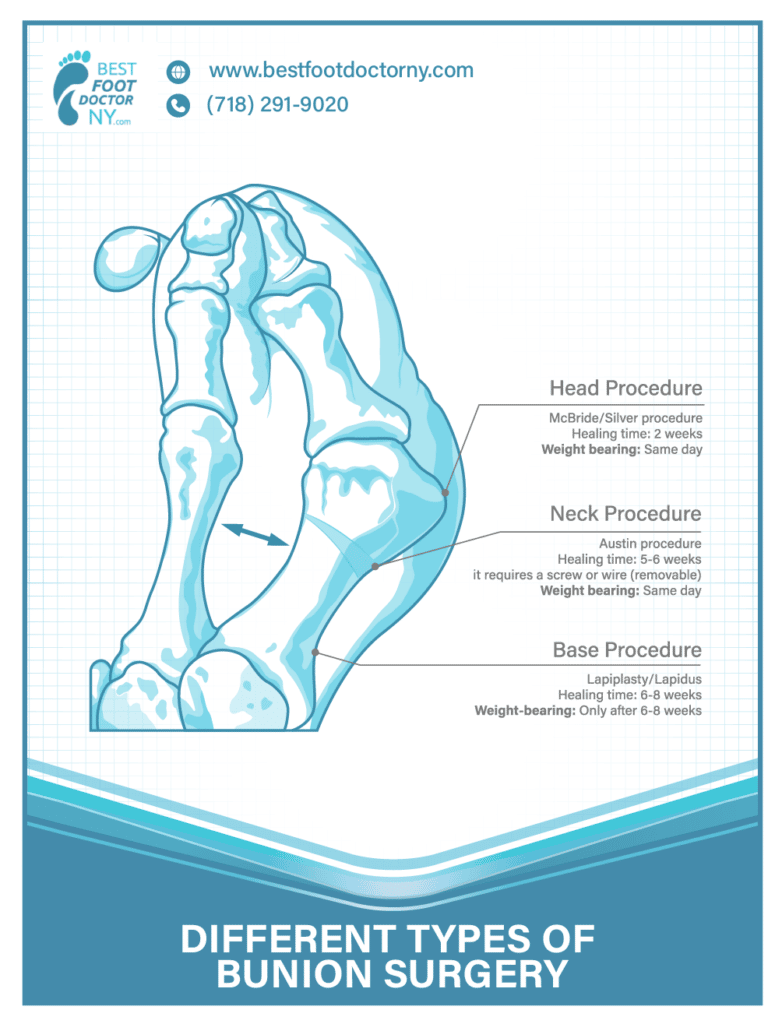
1. In the head of the metatarsal. This is usually for smaller bunions and includes a simple shaving of the bump. Known as the Mcbride procedure, it is reserved for patients with a normal angle between the second and first metatarsals, and no screws or wires are involved. There may be excessive swelling after the surgery, but all patients are able to walk right away. Complete healing time is typically about two weeks.
2. In the neck of the metatarsal. Using the Austin procedure, a podiatrist shaves down part of the first metatarsal bone and shifts it towards the second to decrease the angle between them. It is usually done for moderate to large bunions and involves the placement of a screw or a k wire. Healing time is 5-6 weeks and patients can walk right away.

With 20 years of experience, we at Best Foot Doctor NY have found that the majority of surgeries done on a neck of a metatarsal (Austin procedure) best satisfy the surgeon’s and patient’s expectations. Patients are walking right away on their feet, the procedure is done using one little implant and one small incision.
3. At the base of the metatarsal. This bunion surgery is the most difficult and most traumatic. It is reserved for large bunions with a very mobile-first metatarsal. Your bunion surgery may involve placing metallic plates in addition to multiple screws and includes procedures such as Lapiplasty and Lapidus. Healing time is typically 6-8 weeks and the patient will need to remain non-weight bearing during the entire recovery process.
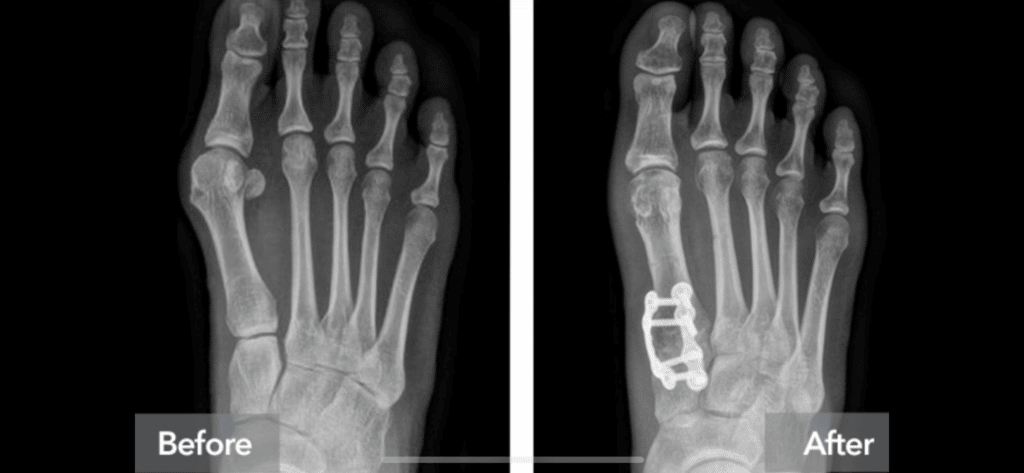
In contrast to the Austin procedure, patients who have Lapidus or Lapiplasty procedures done require 6-8 weeks of non-weight bearing recovery, (meaning no weight can be put on your foot), and a plate with several screws is placed in their bone. This procedure is, without question, the more complicated option. Most patients are not even candidates for those procedures since it requires a hypermobile first metatarsal and a very large angle between the first and second metatarsals.
The three-dimensional correction (3D correction) of the bunion that is advertised by some companies is mostly used as an attractive consumer marketing tool promising correction in the sagittal, transverse, and frontal planes. Most surgeries correct bunions in two planes (sagittal and transverse), which we have found to be quite satisfactory over the past 20 years. Adding the third plane of correction (frontal) often creates unnecessary prolonged and complicated healing. In addition, the 3D correction surgery can not be minimally invasive because it involves insertions of multiple screws with the plate and that can not be done through a small incision.
The procedure chosen to correct the bunion mostly depends on clinical and x-ray findings. Based on those findings, surgeries can focus on the head, neck, or base of the metatarsal with different healing times and after-surgery expectations. In our practice, the best and quickest results have been achieved from doing procedures on metatarsal necks (Austin procedure) that require the smallest incision leading to the least amount of scarring and significantly less swelling, resulting in the ability to walk the day of surgery and an early return to daily activities.
4. Hallux valgus is a tilt and shifting of the big toe towards the midline of the foot. It often develops in the presence of a bunion. At times, a simple correction of the bunion with the removal of the bump and correction of the intermetatarsal angle is not enough, and straightening of the big toe is also required. This is achieved by two small angulated cuts in the middle of the toe and the removal of a triangular wedge of bone allowing the big toe to lay straight. The procedure is very simple and can be stabilized with a small wire. This procedure sometimes complements bunion surgery.
Very often, the dorsal bump (dorsal bunion) on a big toe joint exists with another bump sticking out on the other side. This bump is made of a bone spur from the base of the big toe and the head of the first metatarsal. The two bone spurs meet each other, causing difficulties and pain when extending (dorsiflexion) the big toe. In that case, we use a very simple, 5-minute procedure known as a cheilectomy to remove the bump. Recovery is minimal and complete healing takes only a few days. This procedure can be done through a small incision in the skin using minimally invasive techniques and often does not even require a suture.
5. Minimally invasive bunion surgeries. When the podiatrist plans to correct a bunion, he has several goals: shaving the bump (bunion), decreasing the angle between first and second metatarsals, avoiding scars and long incisions, and preventing recurring bunions. All of this can be achieved through a small, 1/4-inch incision. This is considered a mini-invasive or minimal incision surgery. However, only a small percentage of patients with small bunions are candidates for minimally invasive bunion surgeries, and few podiatrists are trained to perform them.
Many practices and doctors advertise minimally invasive surgeries, but unfortunately, this is somewhat misleading. When consulting your doctor regarding a minimally invasive surgery, make sure the incision that he is planning to do is less than 1/4 inch, otherwise, it does not qualify as a mini-incision. At Best Foot Doctor NY, we perform surgeries with incisions from 1/4 to 1.5 inches long depending on the severity of the bunions. The incision is planned to achieve the best correction.
As a courtesy, our practice offers patients class 4 laser therapy post-surgery to minimize any swelling, scarring, and stiffness.
A bunion surgeon will determine which procedure is most appropriate for your condition. Whichever surgery you and your podiatrist choose, the goals remain the same. The aim of every bunion surgery is a quick return to weight-bearing status (the ability to walk on your foot), as few implants in your foot as possible, limited to no scarring, early return to wearing regular shoes, and limited swelling and pain after the surgery.
Read more in our blog: Explore Bunion Relief With a Foot Doctor in New York: Manhattan’s Advanced Care Options
When Can I Walk and Return to Work after a Bunion Surgery?
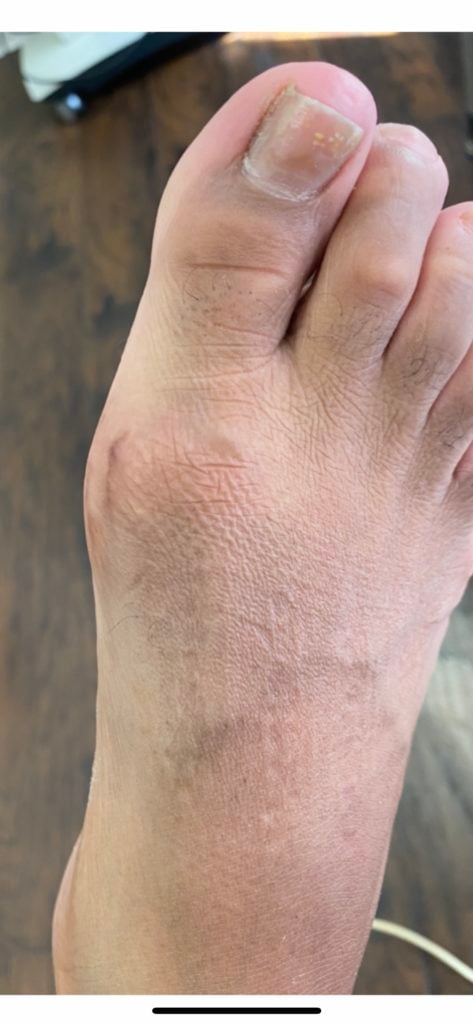
Recovery time and limitations vary depending on the type of surgery done. The procedure done on the head of the metatarsal (usually just shaving the bone down), allows the patient to walk immediately but must wear surgical shoes for 2 weeks. Other procedure options aim to decrease the angle and distance between the first and second metatarsals.
Most bunion surgeries are performed on the neck of the metatarsal (Austin procedure) with a stable osteotomy that allows immediate weight bearing. The ground force has no effect on the healing process. In these cases, patients can walk right away as long as they wear surgical shoes for 4-5 weeks.
Those patients who undergo procedures on the base of the metatarsal (Lapidus, Lapiplasty) must be strictly non-weight bearing for at least 6-8 weeks because the ground force can affect the stability of the fracture line and prolong healing.
For most patients, it is more desirable to have the bunion surgery done on the head or neck of the metatarsal (Austin or Mcbride procedures) and return quickly to a weight-bearing status. In the past 20 years that we have been doing bunion surgeries, we have seen again and again that the procedures on the neck of the first metatarsal are more advantageous for patients with benefits such as immediate return to weight bearing and walking, less scarring, less swelling and post-operative pain, and more stability. The Austin procedure can correct any bunion and allow you to return to work right after your surgery.
Bunion Surgery Is Covered by Insurance
A bunion is a medical diagnosis and bunion surgeries are covered by insurance. Different insurance companies such as Cigna, Aetna, Blue Cross and Blue Shield, GHI, Empire Plan, United Healthcare, Magnacare, Oxford, and 1199 offer different coverage levels, depending on the plan. Most insurance companies cover the majority of surgery costs and Best Foot Doctor NY will accept the fees paid by most plans (subject to verification).
The biggest challenge patients face is the large deductible they have to pay before the insurance company begins to cover the rest of the cost. For example, if your deductible is $1,000, and the bill for the surgery is $4,000, the insurance will expect the patient to pay the $1,000 and will reimburse the doctor the remaining $3,000 (minus possible coinsurance). If the patient’s insurance has a high deductible that can vary from $3,000 to $6,000. HSA or flex spending cards from your employer can be used to meet expenses for a deductible. If a patient has a high deductible but no HSA or flex card, we offer payment plans and loans for the surgeries. Finances should be the least of your concerns when consulting our doctors.
Bunion Surgery Pricing and Insurance Coverage

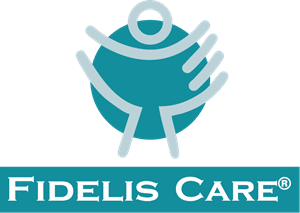


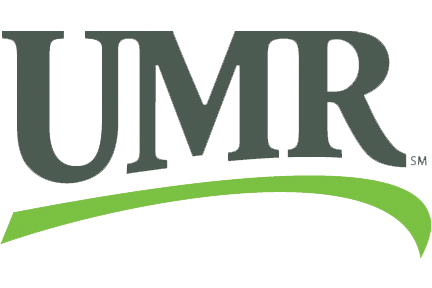









Our practice holds two main priorities: “treat your corns and bunions with no scars” and “make your bunion surgery affordable.” Normal fees for bunion surgeries range between $5,000-10,000 and for hammertoe surgeries, the cost varies from $2,000-4,000. We believe that human suffering and discomfort from bunions and hammertoes can and should be alleviated for those who don’t have insurance plans at an affordable price. The ethics of helping people is simply higher than the need to make a profit. This allows us to negotiate and be flexible based on our patient’s circumstances. So let us evaluate your problem and give you the most affordable option to correct your bunions and hammertoes.
Usually, bunion surgeries are covered by insurance companies as procedures. There are diagnostic codes (painful bunion) and procedure codes (bunionectomy) for billing purposes. Those codes are intellectual properties of the American Medical/Podiatry Associations. The cost will include any professional charges/fees and facilities fees if the surgery is done in an ambulatory surgical center. Facility fees can be considerably higher than professional fees. In cases where the patient has no insurance, the out-of-pocket expenses are based on the following: 1) geographical location, 2) equipment used, 3) price of the hardware/implants used, 4) personnel- use of one or more medical/surgical assistants, 5) amount of follow up visits needed, 6) fees of the facility where the procedure will take place and finally, 7) the price for the labor of the surgeon. The last one depends on the surgeon’s skills, years in practice, and the frequency of cases done. Some doctors use very expensive implants (screws, plates) that will raise the overall price of the procedure.
If the procedure is done in an ASC (ambulatory surgical center) there is a considerable charge for it. At Best Foot Doctor NY, we perform many cases in an office-based surgical center facility that allows patients to avoid facility fees while getting the same high level of care. This model of surgery done in a certified surgical office facility works well for patients who pay for the surgeries out of pocket with no insurance. Because we perform a considerable number of cases, we can afford to charge patients lower fees while maintaining a high standard of care. Every case is approached personally with an eye toward flexibly meeting all of the patient’s needs.
Most of the time the location of the doctor’s office will determine the price of the surgery. The same podiatrist may charge one price in his office somewhere in Brooklyn and double or triple the price for the same procedure in the elegant Manhattan area. We at Best Foot Doctor NY have a different approach: our boutique service is affordable whether you are in Manhattan, Queens, or Brooklyn. Doctor’s services should be affordable for the majority of people while providing the highest standard of services in the state of art facilities. We are glad to offer a flat fee of $3,500 for bunionectomies. This price covers all the subsequent visits and possible therapy.
What Are the Possible Complications of Bunion Surgeries?
The main compilations happening sometimes after bunion surgeries are :
1. Scar formation. Most often seen in African American patients, scars form when an incision during the bunion surgery disrupts a normal, linear course of collagen fibers under the skin, and as the skin is healing during the first 2 weeks post-op, the collagen fibers realign in a random pattern. There are two types of scars: hypertrophic (mild) and keloid (thick band over the incision line). Hypertrophic scars are more likely to occur. A skilled bunion surgeon will minimize the chance of those scars by considering skin tension lines, minimizing the size of the incision, and using intraoperative and postoperative anti-scars medications. At Best Foot Doctor NY our patients experience little to no scarring after surgeries, in part due to our use of class 4 laser therapy to reduce scarring.
2. Swelling. Fluid retention in a surgical area can cause pain and swelling that usually resolves after several days.
3. Stiffness. A lack of flexibility in the big toe from internal scarring is also common.
All these possible complications are minimized at Best Foot Doctor NY due to the use of modern surgical techniques and MLS class 4 lasers.
Conclusion
Now that you have learned about bunions, the types of procedures available, and how to overcome cost barriers it is time to take action! A bunionectomy is a safe, fast procedure. At Best Foot Doctor NY, our experienced podiatrists will take the time to listen to you and help you choose the right treatment plan for your needs. Don’t forget to ask about our laser treatment option to help avoid swelling and scarring and promote an expedited healing process. Contact Best Foot Doctor NY today.
